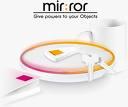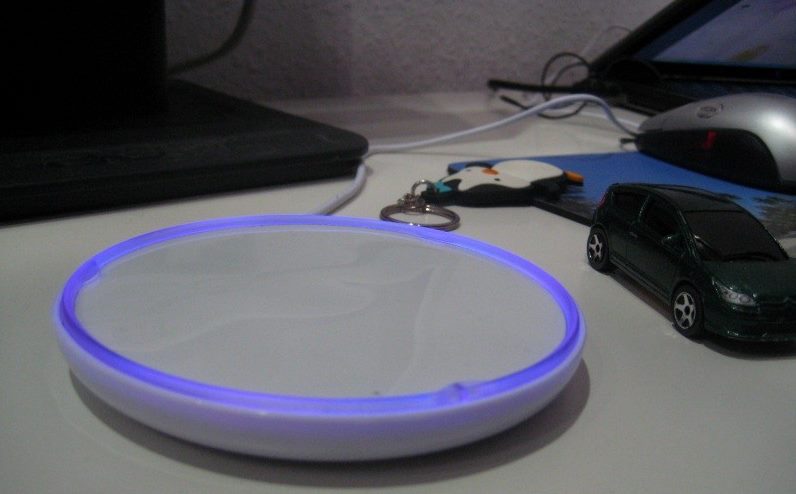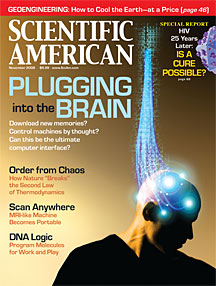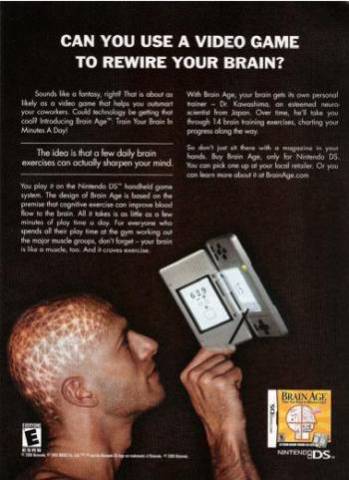Music activates cognition in very powerful ways. It can enhance creativity. It has long been used as an accelerated learning technique. It invokes memories, stimulates daydreaming and certain songs even become lodged in your head. Songs that get caught in your head are called “earworms” (yikes). Metaphorically, an earworm is like a biochemical that causes a cognitive itch that you scratch by repeating the song in your head (or even out loud). Of course, the more you scratch the more you itch and the thing gets deeply embedded in your brain. Examples that turn up in the studies include: Who Let the Dogs Out, Queen’s We Will Rock You!, The Mission Impossible Theme and It’s a Small World After All.
Despite the recent rise of the field of “music cognition” including its own professional societies, journals, academic research labs and PhD programs, little is known about the cognition of earworms. However, “According to research conducted by University of Cincinnati professor James Kellaris, virtual any song can become an earworm. However, songs that are simple, repetitive, and contain some incongruity – an unexpected twist – are most likely to become stuck.” It’s important to note that the entire song does not get stuck just 10-15 seconds of it. Also songs with lyrics seem to be stronger earworms.
Short, easy-to-repeat and something with a twist – sounds like an idea virus, only one you keep passing to yourself instead of to someone else.
I have not found anyone claiming they can engineer earworms but there is one company, Earworms Publishing – musical brain trainer, that claims to be using them to help your learn a second language. I don’t know if their earworm language learning method actually works but it does seem popular. Their module on Spanish was in the top five iTunes Best Sellers for 2007.

 Violet has developed a very interesting application of RFID technology. You stick an RFID stamp on any object and then program what you want it to do. When you wave the object over the reader, called the mirror (shown below), it triggers the programmed action on your computer.
Violet has developed a very interesting application of RFID technology. You stick an RFID stamp on any object and then program what you want it to do. When you wave the object over the reader, called the mirror (shown below), it triggers the programmed action on your computer.








